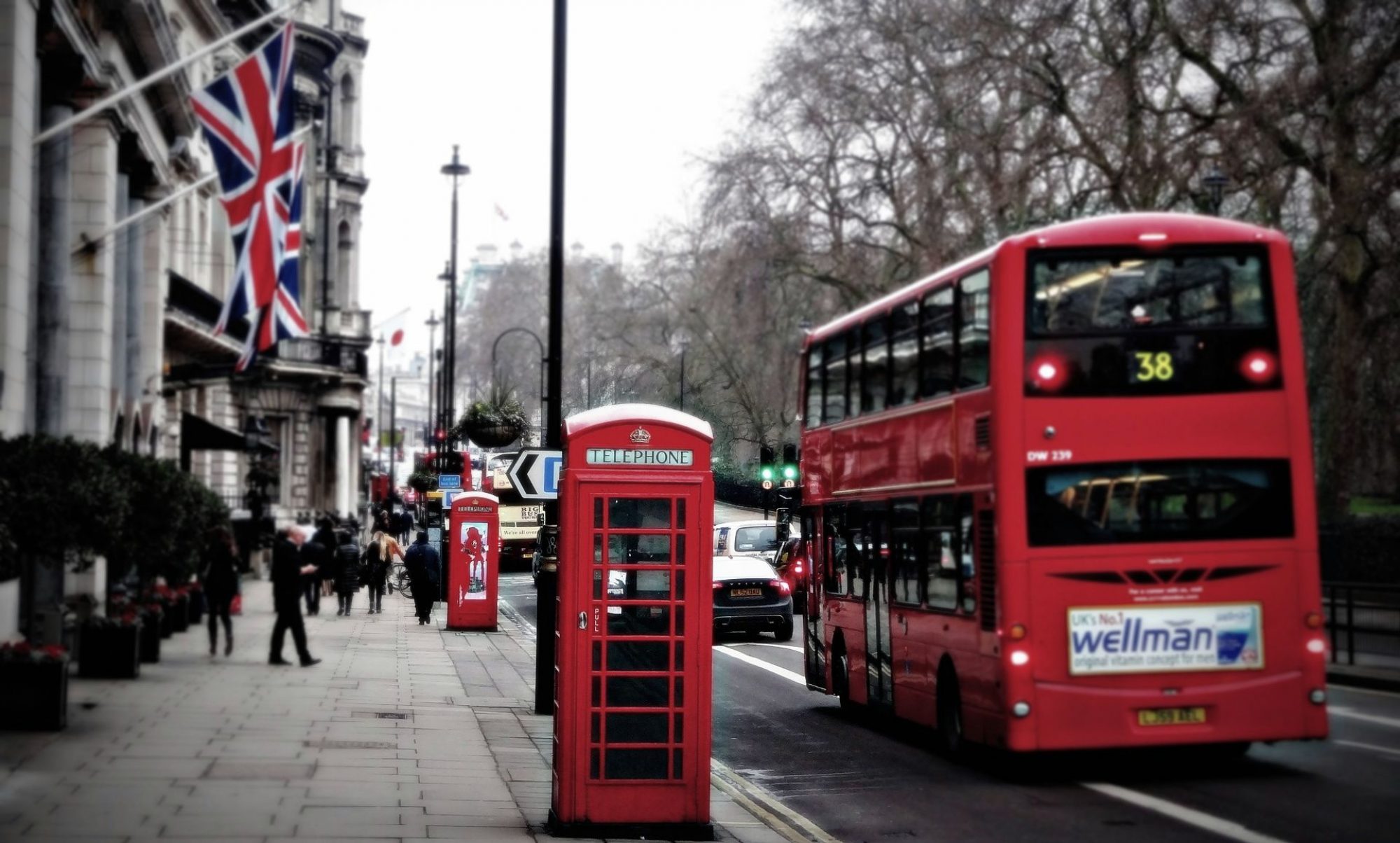The body is joınt flex a complex network of body organs and systems, each doing crucial features acuflex for ear hindi to maintain life. Among these systems, the cardiovascular system plays a crucial role in distributing blood throughout the body. At the center of this system are the heart and its complex network of capillary. While most individuals are familiar with major blood vessels like the arteries and blood vessels, few know about a certain set of veins referred to as the lung veins.
The pulmonary capillaries, additionally referred to as the lung venous system, are responsible for lugging oxygenated blood from the lungs back to the heart. They play a crucial role in the oxygenation of blood and are a vital component of the blood circulation system. In this write-up, we will discover the anatomy and feature of the pulmonary capillaries carefully.
Composition
The pulmonary blood vessels are a set of four capillary that form a part of the pulmonary flow system. They are special compared to other capillaries in the body as they carry oxygenated blood, whereas many veins bring deoxygenated blood. These 4 veins are connected to the left room of the heart and promote the return of oxygen-rich blood from the lungs to the heart.
Below are the 4 major lung blood vessels:
- Left Superior Pulmonary Capillary: This vein occurs from the upper left wattle of the lung and lugs oxygenated blood from the left lung to the left room of the heart.
- Left Substandard Pulmonary Capillary: Stemming from the lower left lobe of the lung, this blood vessel transfers oxygenated blood from the left lung to the left room.
- Right Superior Pulmonary Blood Vessel: Emerging from the top right lobe of the lung, this vein carries oxygenated blood from the best lung to the left atrium of the heart.
- Right Inferior Lung Vein: Stemming from the reduced best lobe of the lung, this capillary carries oxygenated blood from the ideal lung to the left room.
Each of these veins has an unique path within the lung cells, enabling them to collect oxygenated blood from various areas of the lungs.
Feature
The main function of the pulmonary capillaries is to deliver oxygenated blood from the lungs to the left room of the heart. The oxygenation of blood occurs in the lungs of the lungs, where oxygen is traded for carbon dioxide via the process of respiration. As soon as the blood becomes rich in oxygen, it gets in the lung blood vessels, which carry it back to the heart.
From the left atrium, the oxygenated blood is after that pumped into the left ventricle and subsequently dispersed to the remainder of the body through the systemic circulation. This makes sure that oxygen-rich blood gets to all tissues and body organs, supporting their metabolic functions.
Significance
The pulmonary capillaries play a critical function in keeping the equilibrium of oxygen and co2 in the body. By bring oxygenated blood from the lungs, they contribute to the oxygenation of tissues and organs. This oxygenation is essential for the proper functioning of the body in its entirety.
Understanding the makeup and feature of the pulmonary blood vessels is important in identifying and handling specific medical conditions. Any type of disruption in the flow of blood via these veins can bring about problems, such as pulmonary capillary constriction or pulmonary venous hypertension. Expertise of their anatomy also aids in surgical procedures entailing the heart and lungs, where cosmetic surgeons might need to adjust or fix these capillaries.
In Conclusion
The lung veins are a crucial part of the blood circulation system, responsible for carrying oxygenated blood from the lungs to the heart. Comprising 4 principal capillaries, they play a critical function in oxygenation and maintaining the general health and wellness and capability of the body. Recognizing the makeup and function of the pulmonary blood vessels is critical in medical diagnostics and medical treatments, making sure the proper administration of cardiovascular wellness.
